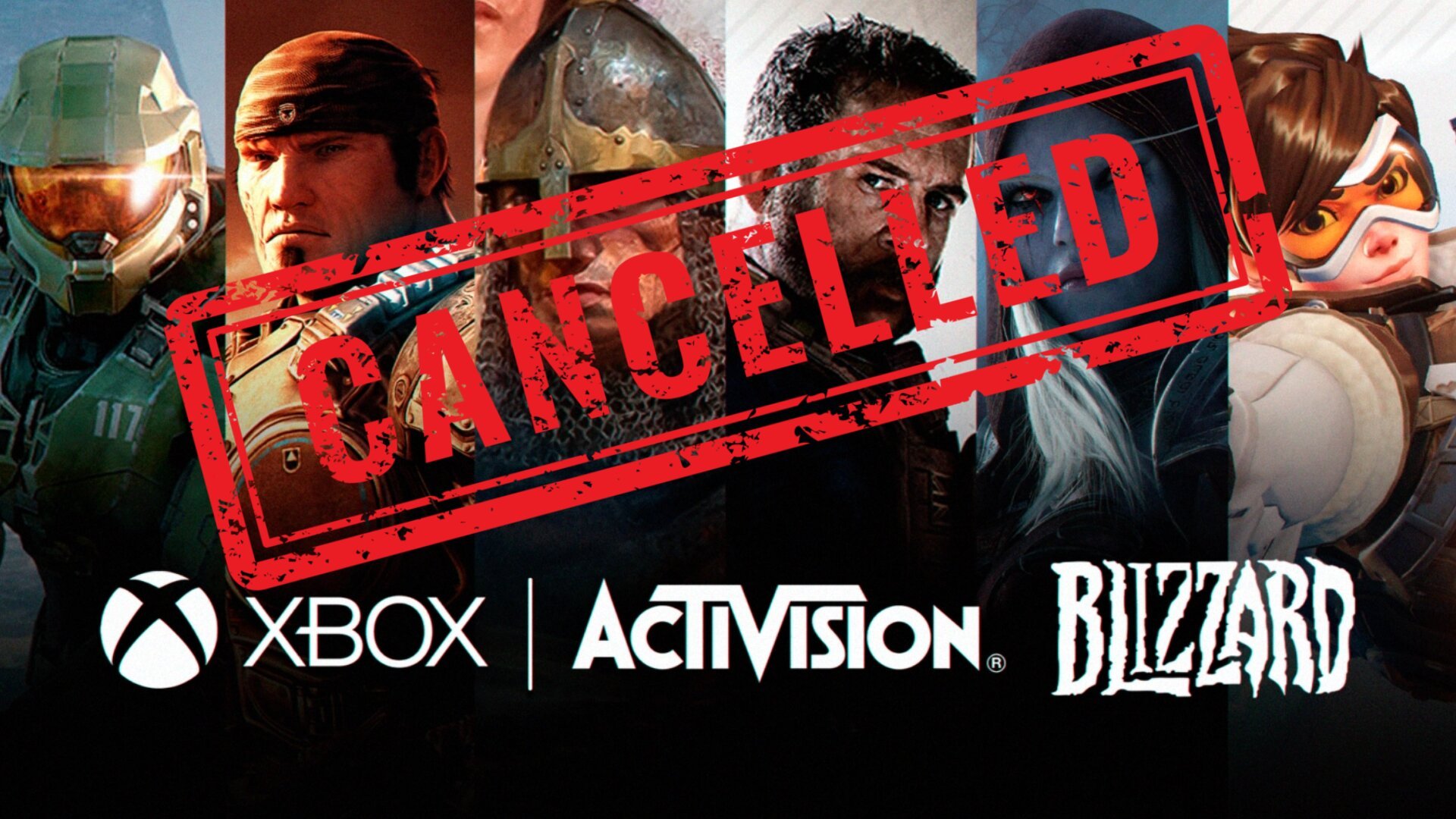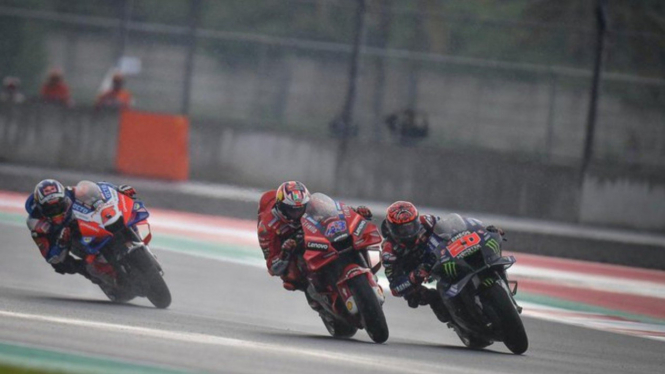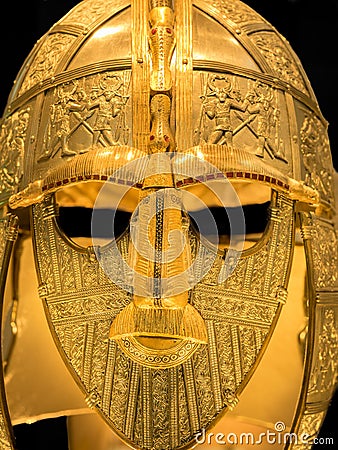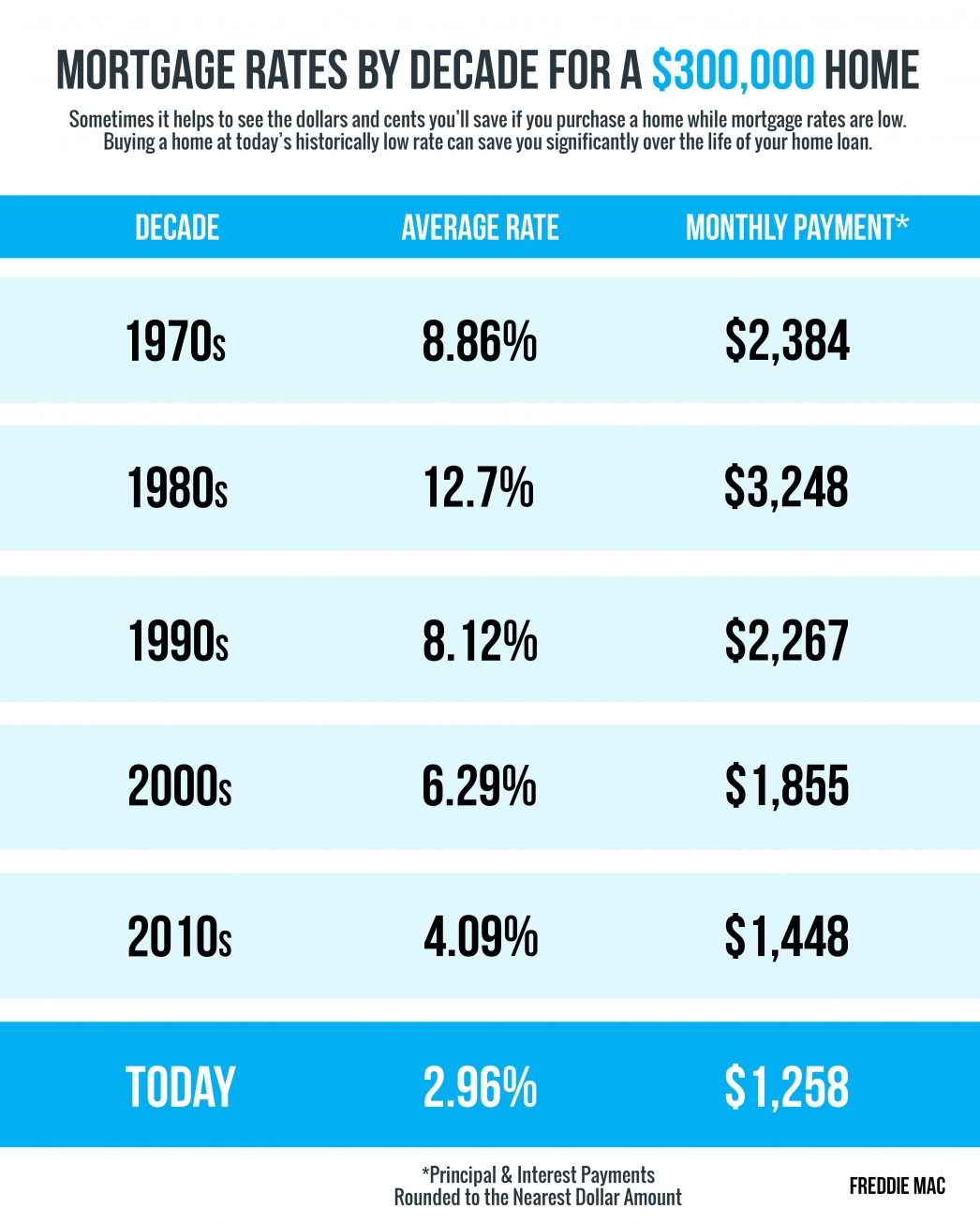The Hells Angels: Internal Dynamics And Power Structures

Table of Contents
The Hierarchical Structure of the Hells Angels
The Hells Angels' organizational structure is multi-layered and hierarchical, resembling a pyramid with the Mother Chapter at its apex. This complex system ensures control and communication across numerous chapters worldwide. Understanding this hierarchy is crucial to comprehending the Hells Angels internal dynamics.
- Mother Chapters: These are the original and most influential chapters, often holding significant sway over other charters. Their influence on decisions and resource allocation is considerable.
- Charter Chapters: These are individual branches of the HAMC, operating within specific geographic territories. Each charter operates under the oversight of the Mother Chapter and adheres to the overall club rules.
- Nomads: These are members who are not affiliated with a specific chapter, allowing them to travel and assist various charters as needed. They often hold significant influence due to their mobility and experience.
- Prospects: These are individuals undergoing a probationary period before becoming full-fledged members. This period allows the club to assess their suitability and commitment.
- Full Members: Once prospects complete their probationary period, they achieve full membership and gain voting rights within their chapter.
Key Officer Roles:
- President: The highest-ranking member of a chapter, responsible for overall leadership and decision-making.
- Vice President: Second in command, often responsible for day-to-day operations.
- Sergeant-at-Arms: Enforces club rules and discipline, often dealing with internal conflicts.
- Treasurer: Manages the chapter's finances.
- Secretary: Handles the chapter's paperwork and communication.
Rank and Status: The significance of "patches" cannot be overstated. These embroidered emblems denote rank, chapter affiliation, and years of service within the HAMC, visually representing the hierarchical structure and individual standing within the club. Promotions and demotions within this rigid hierarchy are determined by the chapter leadership, based on loyalty, commitment, and adherence to club rules.
Decision-Making Processes and Internal Governance
The decision-making process within the Hells Angels is a blend of centralized and decentralized control. While the Mother Chapter exerts considerable influence over overall policy and strategy, individual charters retain autonomy in managing their local affairs.
- Influence of the Mother Chapter: Mother Chapters often dictate overarching policies, rules, and strategies, maintaining a degree of uniformity across the various charters.
- Chapter Meetings: Regular meetings are held at the chapter level to discuss local issues, plan activities, and enforce club rules. These meetings are crucial for maintaining internal communication and cohesion.
- Internal Communication: A strong emphasis is placed on maintaining internal communication channels to ensure the efficient flow of information and coordination of actions. This internal communication is crucial for the Hells Angels internal structure to function.
- Dispute Resolution: Conflicts are typically resolved internally, often through established channels within the chapter hierarchy. This internal conflict resolution is a critical element in maintaining the organization's stability.
- Loyalty and Adherence to Rules: Strict adherence to club rules and unwavering loyalty are paramount, ensuring a strong sense of unity and discipline within the ranks.
Power Dynamics and Internal Conflicts
Despite the structured hierarchy, internal conflicts can arise within the Hells Angels. Territorial disputes, resource allocation disagreements, and personality clashes are potential sources of tension.
- Territorial Disputes: Competition over territory is a significant source of conflict, often leading to violence between chapters or with rival motorcycle clubs.
- Resource Allocation: Disputes over the allocation of resources, such as club funds or lucrative criminal activities, can create friction.
- Personality Clashes: Individual ambitions and personality conflicts can also lead to internal power struggles.
- Conflict Management: Internal conflicts are often handled swiftly and decisively, sometimes resorting to violence or intimidation to maintain control and order.
- Historical Examples: Several documented historical events showcase internal conflicts within the Hells Angels, ranging from disputes over leadership to violent clashes between rival factions.
The Role of Membership and Initiation
Becoming a member of the Hells Angels is a rigorous process, often involving a lengthy "prospect" period. This period allows the club to evaluate the prospective member's suitability and commitment to the organization.
- Requirements for Membership: Potential members must meet certain criteria, which often include a criminal background, motorcycle ownership, and a demonstrated commitment to the club’s values and lifestyle.
- Initiation Rituals: Initiation rituals typically involve a series of tests and challenges, cementing the new member’s loyalty and commitment. These rites reinforce the group’s identity and values.
- Implications of Leaving: Leaving the Hells Angels, or being expelled, carries significant consequences, often leading to severe repercussions. The loyalty demanded is absolute.
External Influences on Internal Dynamics
External factors, such as law enforcement and media coverage, significantly influence the Hells Angels' internal operations and dynamics.
- Law Enforcement: Police investigations and prosecutions disrupt club operations, leading to internal restructuring and changes in strategy.
- Media Portrayals: Negative media portrayals can affect the club’s public image and internal cohesion.
- External Pressures: The constant pressure from law enforcement and negative public perception forces the club to adapt its strategies and internal structures.
Conclusion
The Hells Angels internal structure is a complex and multifaceted system that combines hierarchical organization, internal governance, and power dynamics. Understanding this intricate web of relationships and power is key to understanding the club's longevity and influence. The organization's ability to maintain internal control while navigating external pressures highlights its remarkable adaptability and resilience. Understanding the Hells Angels internal dynamics is crucial to understanding the organization's longevity and influence. Continue your research into the Hells Angels internal structure to gain a deeper understanding of this fascinating and complex organization.

Featured Posts
-
 Ftc Appeals Microsoft Activision Ruling Whats Next
May 26, 2025
Ftc Appeals Microsoft Activision Ruling Whats Next
May 26, 2025 -
 Enthoven Sur Le Pen Et Ramadan Morale Publique Et Purete Des M Urs
May 26, 2025
Enthoven Sur Le Pen Et Ramadan Morale Publique Et Purete Des M Urs
May 26, 2025 -
 Jadwal Moto Gp Inggris 2025 Balapan Pekan Ini
May 26, 2025
Jadwal Moto Gp Inggris 2025 Balapan Pekan Ini
May 26, 2025 -
 Coriolanus Snow Casting Ralph Fiennes A Contender Fan Support For Kiefer Sutherland Strong
May 26, 2025
Coriolanus Snow Casting Ralph Fiennes A Contender Fan Support For Kiefer Sutherland Strong
May 26, 2025 -
 Sixth Century Vessel Unearthed At Sutton Hoo Analysis Of Cremated Remains
May 26, 2025
Sixth Century Vessel Unearthed At Sutton Hoo Analysis Of Cremated Remains
May 26, 2025
Latest Posts
-
 Personal Loan Interest Rates Today Financing Starting Under 6
May 28, 2025
Personal Loan Interest Rates Today Financing Starting Under 6
May 28, 2025 -
 Finding A Direct Lender For Bad Credit Personal Loans Up To 5000
May 28, 2025
Finding A Direct Lender For Bad Credit Personal Loans Up To 5000
May 28, 2025 -
 Personal Loans With Guaranteed Approval For Bad Credit Up To 5000
May 28, 2025
Personal Loans With Guaranteed Approval For Bad Credit Up To 5000
May 28, 2025 -
 Abd Tueketici Kredileri Mart Ayi Artisinin Sebepleri Ve Sonuclari
May 28, 2025
Abd Tueketici Kredileri Mart Ayi Artisinin Sebepleri Ve Sonuclari
May 28, 2025 -
 Secure Personal Loans For Bad Credit Direct Lender Options And Up To 5000
May 28, 2025
Secure Personal Loans For Bad Credit Direct Lender Options And Up To 5000
May 28, 2025
